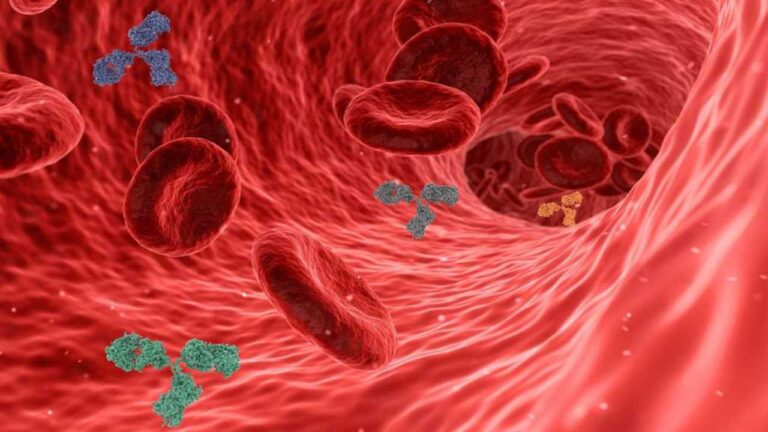Coming into contact with the herpes virus is extremely common. The virus lodges itself in the body, often remaining in a latent state without obvious manifestations. The unpredictability of the virus’s manifestation becomes a challenge, as it is impossible to predict when it will flare up.
When outbreaks occur, small clusters of blisters may appear anywhere on the body, with a higher prevalence on the lips and genital region, depending on the specific type of herpes virus involved.

What if there are no visible lesions?
The absence of visible lesions indicates that the virus has not manifested. However, it is crucial that, if there are suspicions or concerns, the patient should share the test results with the doctor who requested them. This step is essential for a more in-depth assessment of the patient’s health and obtaining detailed information about the patient’s condition.
Diagnosis and Meaning of Blood Markers: IgG and IgM
The precise diagnosis of the herpes virus is achieved through specific tests, in which two blood markers play an essential role: IgG and IgM.
IgG
Once detected in the blood, IgG functions as a “scar” suggesting previous contact with the herpes virus. However, this presence should not cause alarm, as 90% to 95% of the population shares this experience. The ubiquity of the virus highlights its common and, in most cases, harmless nature. Detecting IgG provides valuable insight into the patient’s viral history.
IgM
On the other hand, IgM is a crucial marker, revealing information about the current status of the virus. A positive result for IgM indicates that the patient is experiencing an active manifestation of the virus at the time of the test or in the near future. This temporal distinction is crucial for understanding the specific phase of the infection and guiding medical decisions.
Considerations and Guidance for Patients with the Herpes Virus
In conclusion, the herpes virus is a reality faced by a significant portion of the population. The unpredictability of its manifestations and the common presence of the virus make it essential to understand blood markers such as IgG and IgM for an accurate diagnosis.
If you have had contact with the herpes virus and are concerned about the test results, it is important to note that the presence of IgG does not necessarily indicate an active manifestation. Consulting a healthcare professional is the next crucial step.
The doctor who requested the test will be able to provide detailed information about your health condition, dispelling concerns and offering specific guidance.
Ultimately, understanding the herpes virus and interpreting blood markers appropriately are fundamental for an informed and proactive approach to health.
This article aims to be an informative and enlightening source for those seeking a better understanding of this common condition and its implications—the herpes virus.




